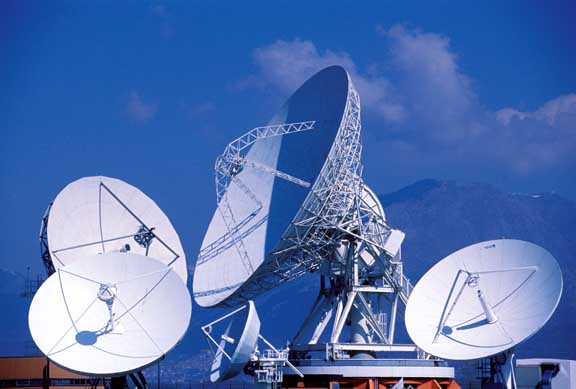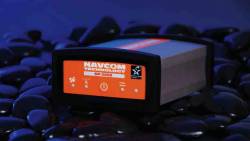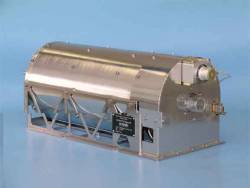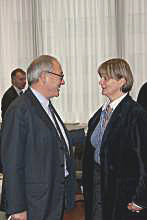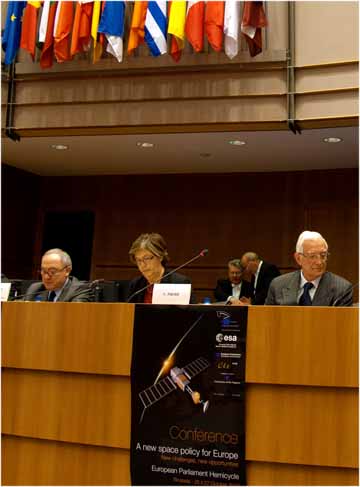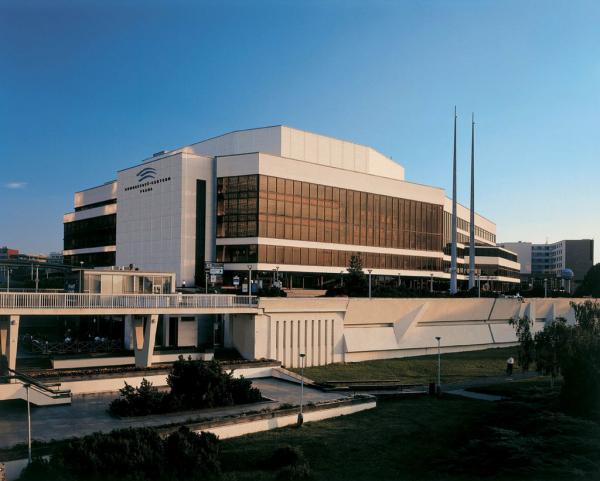Europe’s Galileo Reaches Many 2010 Milestones – but Satellite Launches Still Delayed
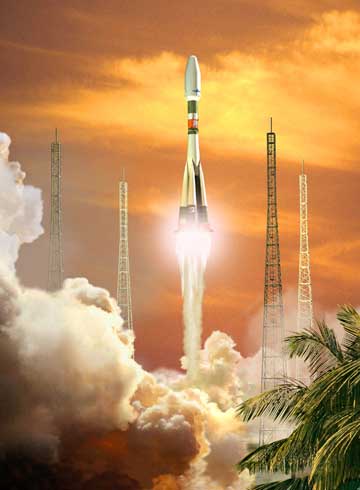 Soyuz launch of IOV satellite. ESA illustration
Soyuz launch of IOV satellite. ESA illustrationEurope’s Galileo space-based navigation system still awaits launch of its first in-orbit validation (IOV) satellites — now set for August 2011 — but the program is rolling out a steady stream of announcements of milestones reached.
Most recently, European Commission (EC) and European Space Agency (ESA) officials inaugurated the Fucino Galileo Control Center, 130 kilometers (81 miles) east of Rome, which will be responsible for the Ground Mission Segment.
By Inside GNSS
